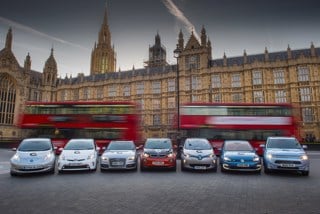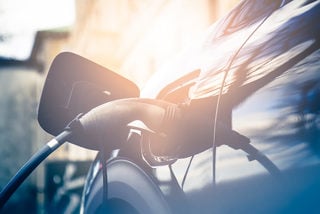Up to three million commercial and industrial (C&I) charge points may be needed in Great Britain by 2040 to supplement the mass roll-out of electric vehicles, research from Aurora has found.
The Opportunities in Electric Vehicle Charging and Commercial and Industrial Sites report was written by Aurora Energy Research and supported by Eaton, NatWest, Lombard and the Renewable Energy Association.
Dr Felix Chow-Kambitsch, head of flexible energy and battery storage at Aurora, said: “High electric vehicle deployment over the next 20 years will radically transform Great Britain’s energy system, stimulating innovation through a shift to ‘smart’, increasing flexibility and enhancing the role of renewables in the energy mix.
“Commercial and Industrial ‘smart’ charging has a key role to play in meeting high levels of consumer ‘away-from-home’ EV charging demand and represents an exciting development for the whole energy industry.
“Additional commercial opportunities offered by V2G, solar and energy storage will help to make the system more flexible, and ‘greener’, contributing to meeting GB decarbonisation targets.”
The report looks at four main applications of C&I: fleet vans, workplace charging, public car parks and motorway service stations, and examines the opportunities and the requirements to unlock investment.
Analysis shows that profitable business cases and positive returns for C&I charging applications can be identified in cases where users pay for the electricity they use.
For example, supermarket car parks and motorway service stations could see a profitable business case by charging a premium of 5-6p per kWh above retail electricity prices, assuming high levels of utilisation.
Combining EVs with technologies such as vehicle-to-grid (V2G) charging, energy storage systems and solar panels can enhance the opportunity on suitable sites, supporting a lower consumer price for electricity, reducing grid upgrade costs, compensating for lower utilisation rates or providing extra revenues from the capacity market or ancillary services.
In the case of a motorway service station in GB, for example, an optimistic scenario for adding solar and storage provides a profitable business case with utilisation of four hours per day for each charging point when otherwise a utilisation of six hours per day would be needed.



















Login to comment
Comments
No comments have been made yet.